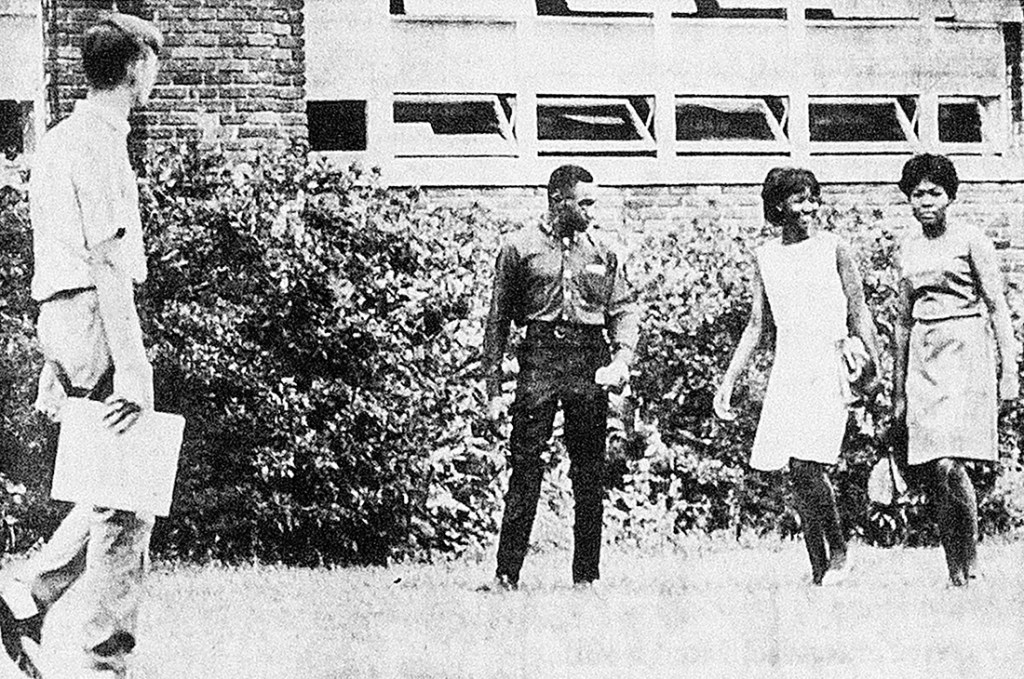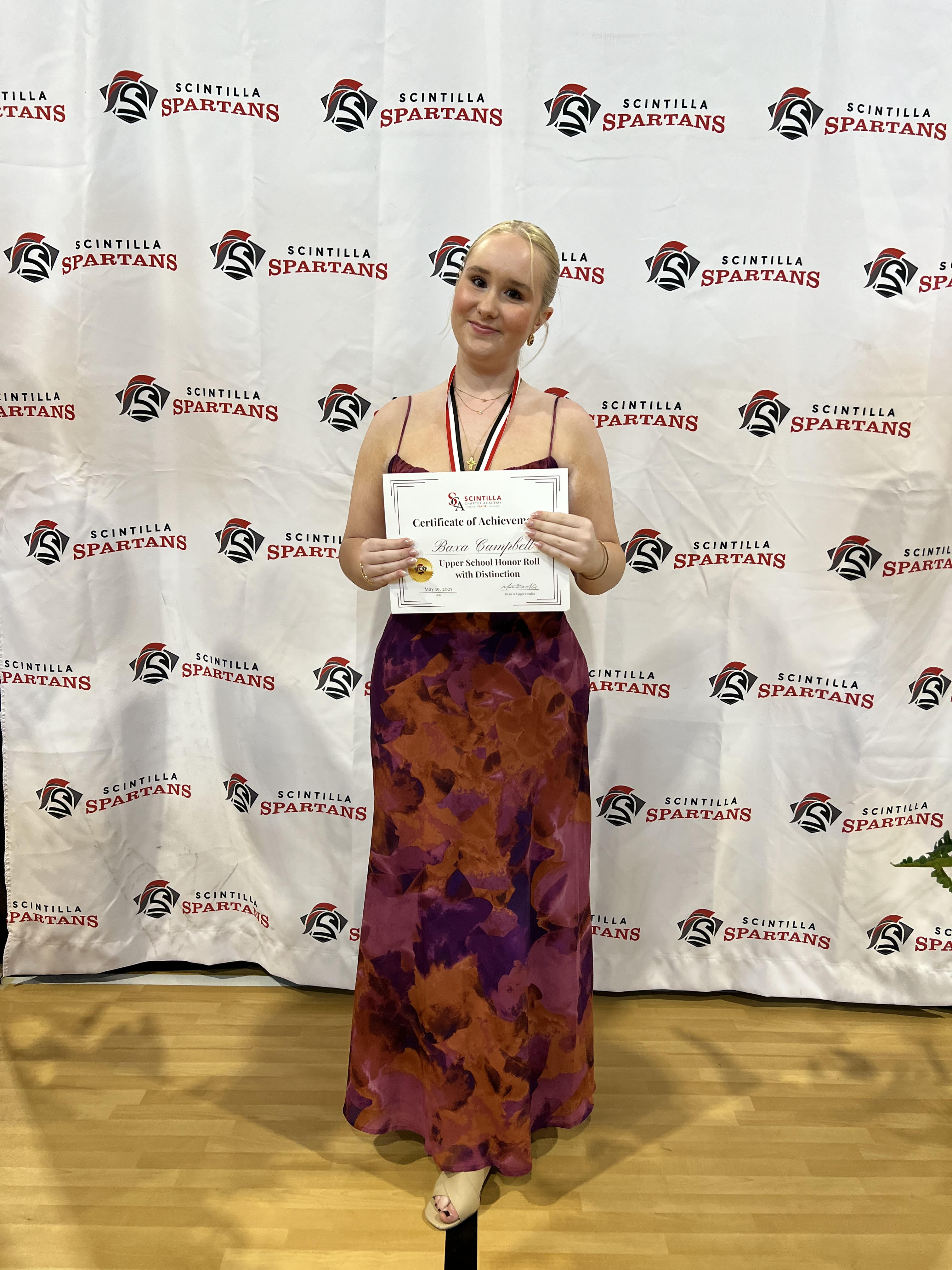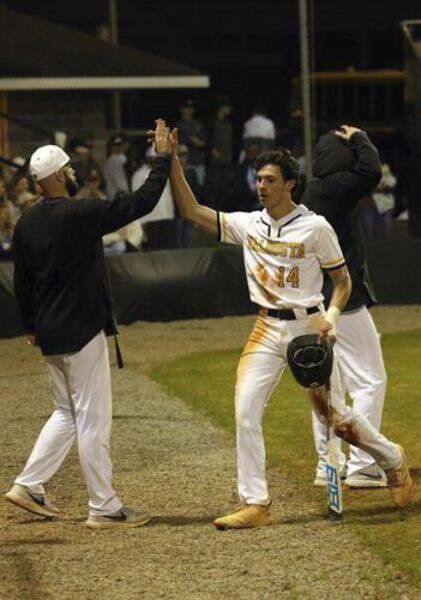VHS 1965 desegregated class remembered
Published 5:30 am Sunday, May 24, 2015

- In this front page photo from the Monday, Aug. 30, 1965 issue of The Valdosta Daily Times, Joseph Stovall, Anita Glass and Gloria Newsome-Warren walk across the lawn during the first day of school at the integrated Valdosta High School.
VALDOSTA — Eleven years after the U.S. Supreme Court Brown v. Board of Education decision abolished the country’s segregated school system, Valdosta High School opened the doors to its first black students, a day Gloria Newsome Warren remembers very well.
Integration efforts around the country had been met with varying levels of resistance, but Warren believed racial tensions in Valdosta were quiet, under the surface. So, she had no idea what to expect the first day of school, August 30, 1965.
“There were no angry mobs, no dogs, no one standing at the door blocking admittance,” said Warren.
Her path to the front door was clear. There were no protesters. She casually walked across the school’s front lawn with her friends when a photographer for The Valdosta Daily Times snapped a photo.
“I didn’t even know there was a photographer there until I saw the paper the next day,” said Warren, who has worked hard over the years to collect historical information such as newspaper clippings to commemorate the school’s first black students.
Twenty-one black students were there for that first day school in 1965. Warren was a senior. She had spent her three previous years at the all-black Pinevale High School. She said her years at Pinevale were a wonderful experience, but she left the school by choice.
“It was by teacher recommendation, but anyone could go if they wanted to go, so I decided to go. All my friends were going,” said Warren. “I think I was just excited about the idea of going to an all white school. I knew some of the white students because my mother had worked in some of their homes. So, I pretty much felt comfortable because I knew some of the white students at VHS.”
She remembers being anxious on that first day.
“I was very excited — a little anxious but not really that nervous. But I felt O.K. because I was there with friends around. I knew I wasn’t doing it alone,” said Warren. “The most interesting thing was after we got into the building. Each of us went to our homerooms. When I got to my homeroom, I discovered I was the only black in the class. I was nervous about that, but it went well.”
All the students, black and white, were quiet that day, said Warren.
“I think they were going to see how I was going to react, and I was going to see how they were going to react. I think it went really well. I settled in, got comfortable and had a good day.”
Despite the pleasant first day of school, Warren said she does remember some conflicts.
“After we had begun the school year, one morning, there were people there holding up signs that said ‘Go back to Africa’ and other signs saying that we didn’t need to be there,” said Warren. “We didn’t get bothered by the signs. We were not from Africa. We overlooked that.”
Desegregation also changed the dynamic of some of her friendships.
“The kids that knew me, the white kids that knew me, they did not communicate with me because I think they were afraid of being associated with blacks,” said Warren. “Some of those kids, I played with them in their homes and ate with them, but when they got into a group they would pull away.”
But Warren forged new friendships with other white students and continued the school year unphased by the racial tensions.
“I think we were just so positive that nothing bothered us. We were there to graduate, and we focused on that. We really didn’t focus on how the other students were reacting. We really just didn’t plain care,” said Warren. “We had a good foundation from the black school and good study habits. We had good support from our parents even though we didn’t get much support from the community.”
Warren said teachers were fair and sometimes surprised with how well she and the other black students “were able to keep up with the academics,” thanks to her Pinevale background.
She excelled at her work and participated in several extracurricular activities, but the most memorable moment of her time at VHS did not come until the end of the school year when she walked across a stage and received her diploma.
“It was my most favorite memory, to be one of the first blacks to graduate from an all white school,” said Warren.
After graduation, Warren said she went on to earn a Bachelor’s of Arts degree in Sociology and Psychology from Morris Brown College in Altanta.
Ironically, it wasn’t her time at a newly integrated school that exposed her to discrimination. It was when she entered the workforce.
“I returned home after graduating from Morris Brown, and I had applied at the Department of Social Services, and that’s where I really saw the racial problem. At the time, they didn’t have blacks in that department.”
Warren made the decisions to go back to school and attended what was then Valdosta State College to be certified to teach elementary grades and earn a masters in reading. She then taught for the Valdosta City School system for 23 years. She also worked as an adult education instructor at Valdosta Technical College for 25 years.
August will mark the 50th anniversary of Warren’s first day of school at VHS, and despite the progress that has been made during that time, she believes there is still work to be done to improve race relations in Valdosta.
“Back in the 60s, people were afraid of losing their jobs, and some people in the black community felt like they just couldn’t support and go to bat for others,” said Warren. “Now, it’s a little bit different because the government has put in place laws that protect you. But as far as Valdosta goes, we are still not addressing some issues that we need to address as far as racism goes.”





